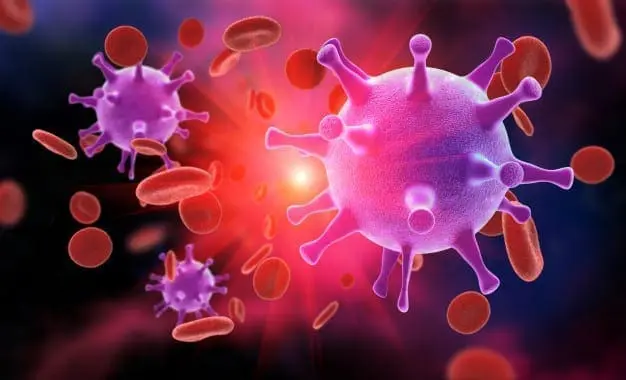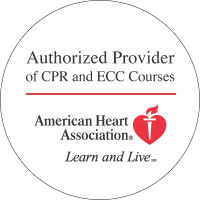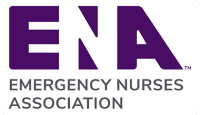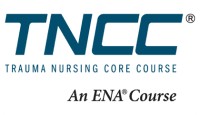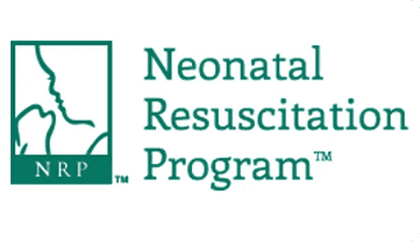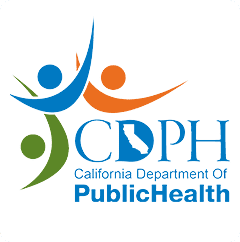Your health and safety is certainly something that should be on your mind, but it should not become a topic that is so overwhelming to you that you cannot function well on a daily basis because of your fear. One of the best examples of a topic that strikes fear into the hearts of many is blood-borne pathogens. Understanding the truth about the diseases these pathogens cause and learning how to deal with them in a timely manner can help you get rid of unnecessary worry while leading you to make smarter decisions for your own personal health.
There are several pathogens that are specifically passed through the blood as well as through certain other bodily fluids in some cases. These include the most familiar offenders of hepatitis B, hepatitis C and HIV, which is human immunodeficiency virus. However, there are several other lesser known offenders as well. Blood-borne pathogens are tiny microorganisms that you cannot see with your naked eye.
You should also understand how blood-borne pathogens are spread. Obviously, they are found in the blood, and they are spread when individuals come into contact with the infected blood of another individual. They are never spread when blood comes into contact with healthy, intact skin. However, you could be infected by these pathogens if you have a cut, scratch, inflamed skin or even acne that provides access beneath your skin. In addition, many of these pathogens are spread through sexual contact. In your line of work as a health care provider, you are most likely to come into contact with blood-borne infections through needlestick injuries as you care for your patients. A prompt response to such an injury with appropriate prophylactic antibiotics or another type of treatment can limit any problems that you could have in the future.
Thankfully, there are several ways that you can limit your exposure to blood-borne pathogens even as a health care worker in a critical care unit, emergency unit or ambulance. Protecting yourself with gloves and a face mask, when appropriate, decreases the number of routes by which pathogens can enter your body. In addition, taking great care around needles by safely closing them and disposing of them immediately is vital. You might want to ask your health care facility about adopting safer practices or about using redesigned needles to decrease accidental sticks.
One of the best ways that you can decrease your chances of catching a blood-borne disease is to be immunized against it. However, keep in mind that not all blood-borne diseases currently have vaccinations against them. Today, you can make sure that you are up-to-date on your hepatitis B and meningitis vaccines.
As a health care worker, you are certainly at an increased risk of blood-borne infections because you are regularly around ill patients, blood and needles. Therefore, you should take extra safety precautions and may even want to ask your doctor about regularly testing for certain blood-borne pathogens, such as HIV. However, there is no need for you to live in fear of these diseases because worry cannot accomplish anything useful. Understanding the truth of these diseases and empowering yourself with the right information will help you ensure your own good health while working safely even in hazardous situations.

